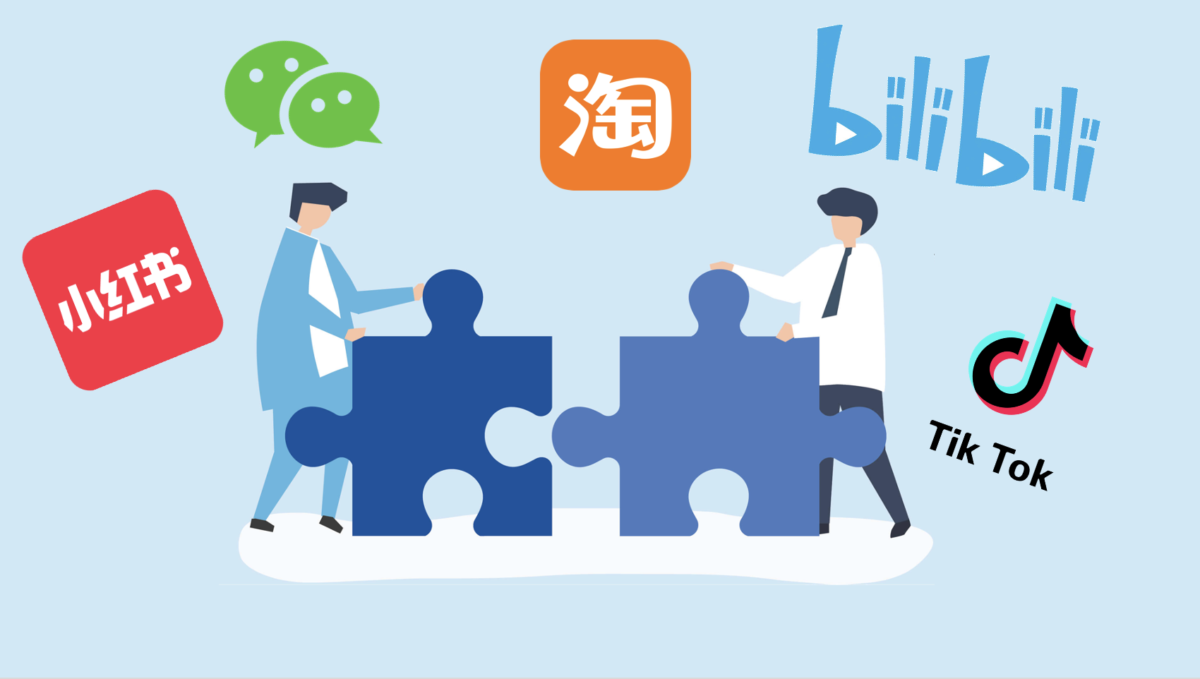Brands considering launching in China have many options to consider: opening offline stores, striking deals with local distributors, or working with a Tmall partner.
Testing product-market fit via Chinese social media can be a lightweight solution that will save you millions.
Why is testing digitally important?
The Chinese market is unique in every way. You are at huge risk if you launch a brand or a new product without sufficient data. Waiting to get the first months’ sales result might already be too late.
The hero product in China is often very different compared to other markets. One example: Bauerfeind, a professional healthcare equipment brand. Their Sport Knee Sport is their best-selling product on Amazon, selling more than 20 times more than their second best-performing product.
But in China, it is GenuTrain, a different line of products, that represents the bigger share of the company’s sales.
Two different markets, two different hero products!
Product selection is very important because the online sales distribution is often very concentrated on a few hero products. For example, for By Far, a popular handbag brand, 57% of online sales come from the top 3 styles.
The top-selling color for bags in China is also very conservative, either cream or black.
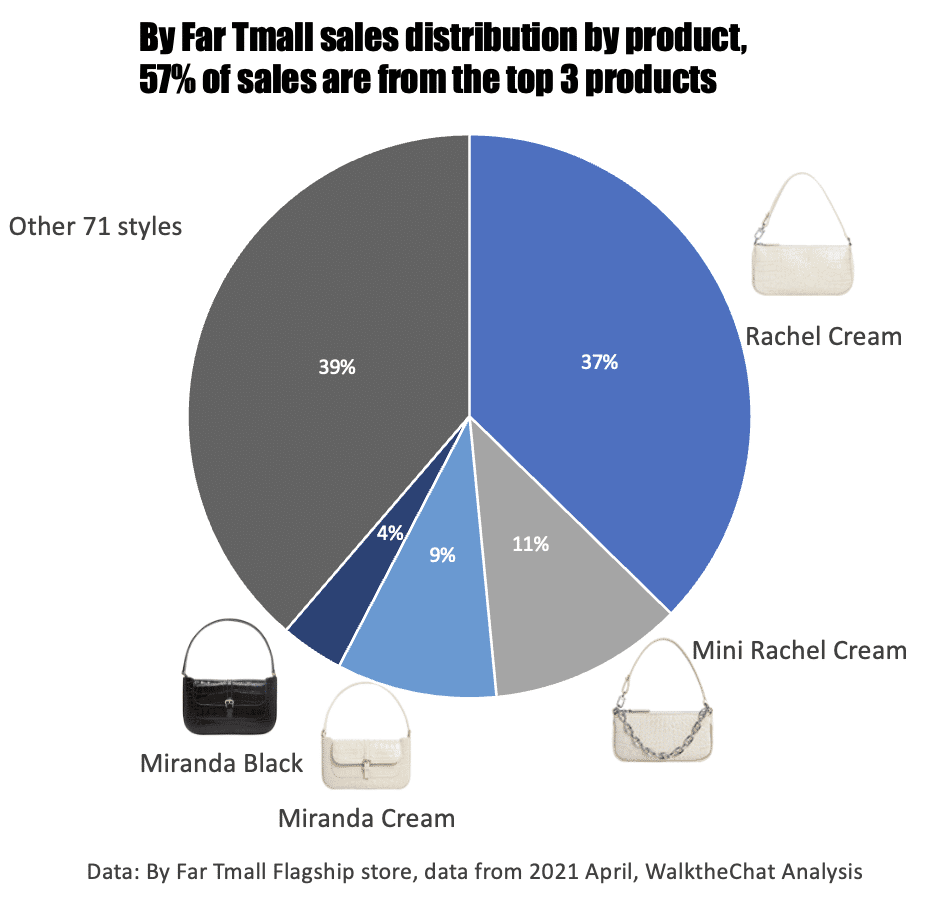
This is partly due to Tmall’s algorithm favoring the top-selling items in search ranking. The bestseller often acts as the lead magnet for the store.
Brands’ marketing strategy should be aligned with their hero-product choice. For example, brands could consider focusing more than 50% of the budget on the promotion of the top-selling item.
How to test product-market fit digitally?
Ask the influencers
Social media influencers often understand their market best. There is an easy way to conduct market research with a little marketing budget: influencer seeding.
Seeding means gifting your product to influencers in exchange for their free marketing post. Many influencers in China require payment to provide significant exposure. Still, influencer seeding remains a cornerstone of brands Chinese strategy for several reasons:
- Market research: seeding enables to receive feedback on products both from influencers and their followers, thus helping brands understand the specificities of the Chinese market
- Exposure: influencers do occasionally provide free exposure to brands, especially if they can hope for a later paid collaboration
- Relationship building: gifting is a perfect way to build relationship with influencers and set the ground for future paid collaborations
Vitaly is a Canadian jewelry brand, for which WalktheChat provides an influencer seeding service of 40 influencers per month. We are specifically targeting musicians, rock bands, and celebrities, that fit with the brand positioning and image. The brand was able to maintain 20% monthly organic sales growth during the first 6 months of launching in China due to the influencer exposure.
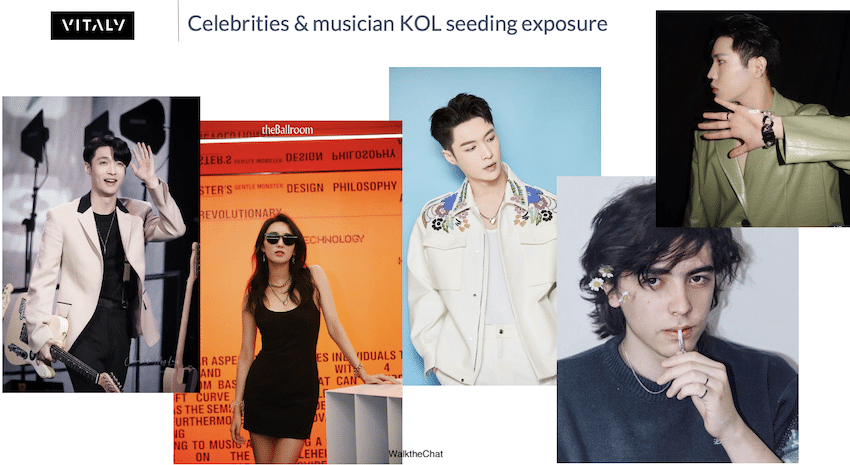
When you approach an influencer with the new season lookbook, influencers would choose the product that will look best on their social feed. If you approach 20-30 influencers in your industry, this becomes a mini market research. Often time a product, or even a specific color of a product, would stand out: you’ve got your hero product selected.
Test with display ads
Display ads could be an elegant way to test a product without even launching it to the market.
Yuanqi Senlin, the fastest-growing Chinese F&B startup currently valued at 6 billion USD, uses this approach to test all of its products before going to market.
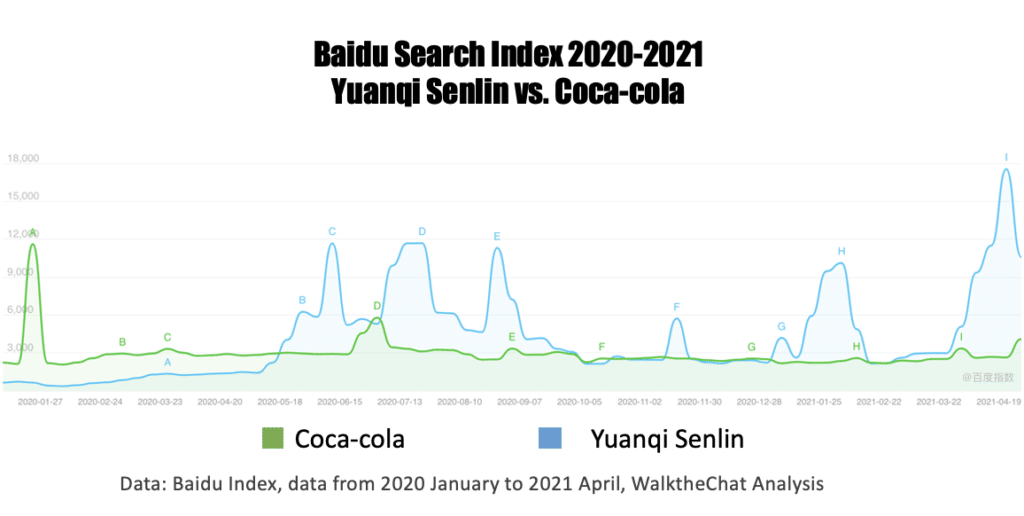
According to Focus Media, one of the biggest Chinese advertising networks, Yuanqi Senlin spent more than 1 year and tested more than 100 different products via Bytedance display ads before launching its signature product in 2018: the peach flavor sparkling water. The Sparkling water product line makes up for 60% of the brand sales in 2020.
For example, Yuanqi Senlin tested their marketing tagline via a display ads campaign on Bytedance platforms such as Douyin and Toutiao.
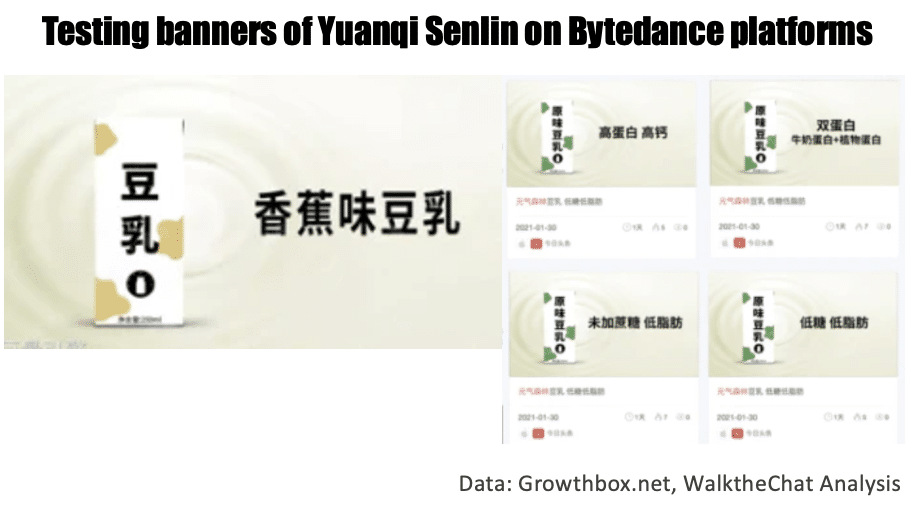
The variation of tagline tested includes the flavor, the health benefit, packaging, banner design, product line, and marketing catchphrase. These testing banners would take users to an empty product page, but during the test, it collects users’ click-through rate, an important indicator for success digitally. With sufficient data, the company eventually came up with its famous tagline of “0 sugar, 0 fat, 0 calories”, and its peach-flavored hero product.
Test on sales channel
The actual testing process of Yuanqi Senlin goes beyond display ads. Once a product is tested successfully online, it would then be tested via an online sales channel. For example, this fruit soda sells more than 70k boxes every month on Tmall.
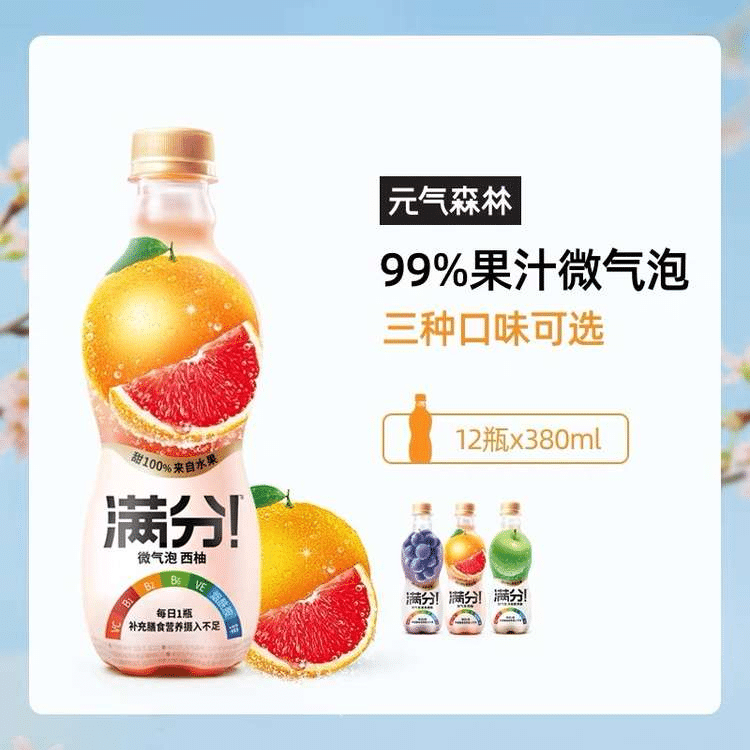
However, you won’t be able to find this product via a convenience store yet. The cost of launching a new product with distributors is much higher compared to online channels, the sales cycle is also much longer. Thus testing a product on Tmall enables to confirm product-market fit before making such a move.
Social marketing campaign
Running a social marketing campaign with influencers is also a great way to test how the market reacts to a product.
You can use this method to find the right influencer to run a campaign. By talking to influencers, you can acquire sales data about how competing brands perform compared to yours.
For example, the brand Mlouye collaborates with an influencer to officially sell its bags cross-border for the first time. The Studio Brow style clearly stand out when we collaborate with Chinese influencers to promote the brand.
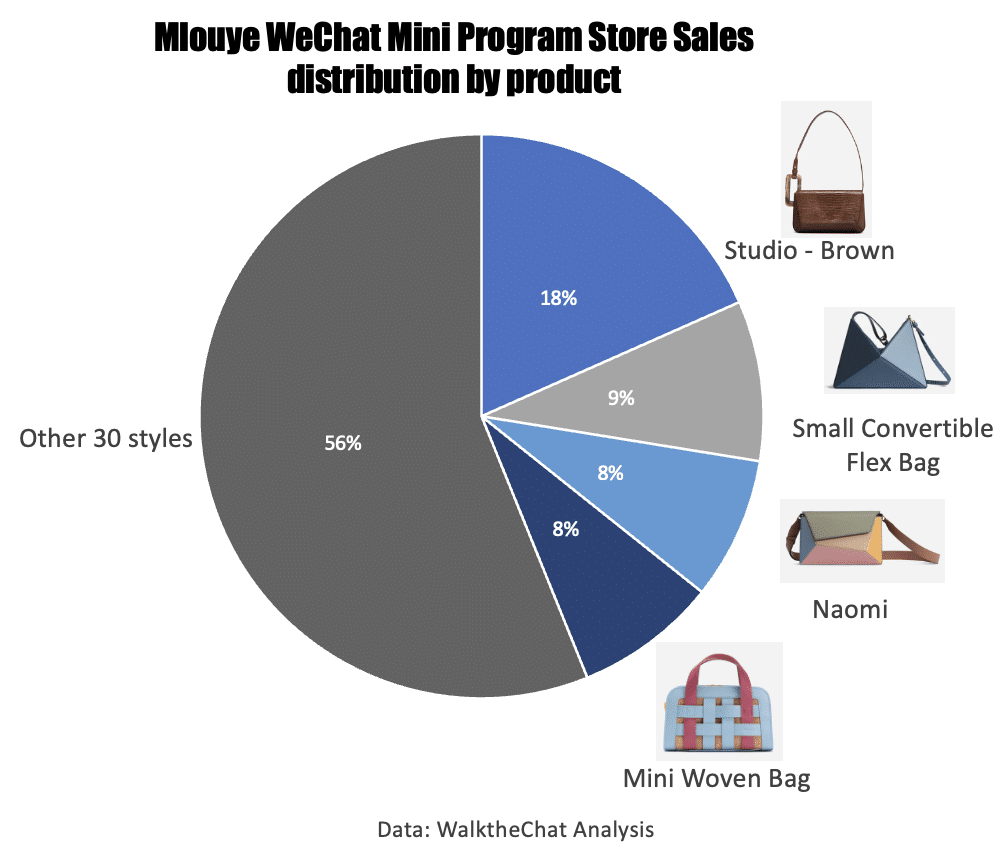
Since money doesn’t lie, this is the most direct way to get market feedback. And based on such results, the brand could then design a marketing strategy around the most popular product, and prepare inventory accordingly.
Note it’s very important to test with different influencers to avoid biased results. A 3-6 month testing phase is usually sufficient.
Conclusion
Digital marketing is maybe the most cost-efficient and lean method to test product-market fit. The key is to analyze the marketing data, modify the product and marketing strategy, repeat the test as you integrate. It could be the thin line that separates success and failure.

